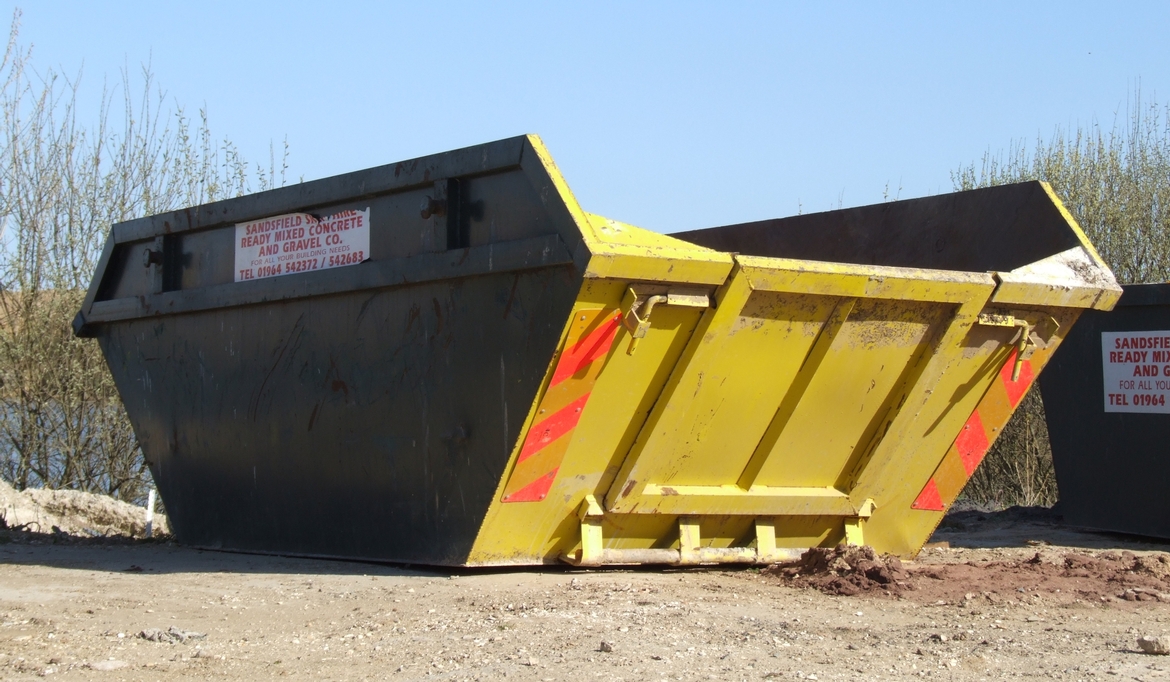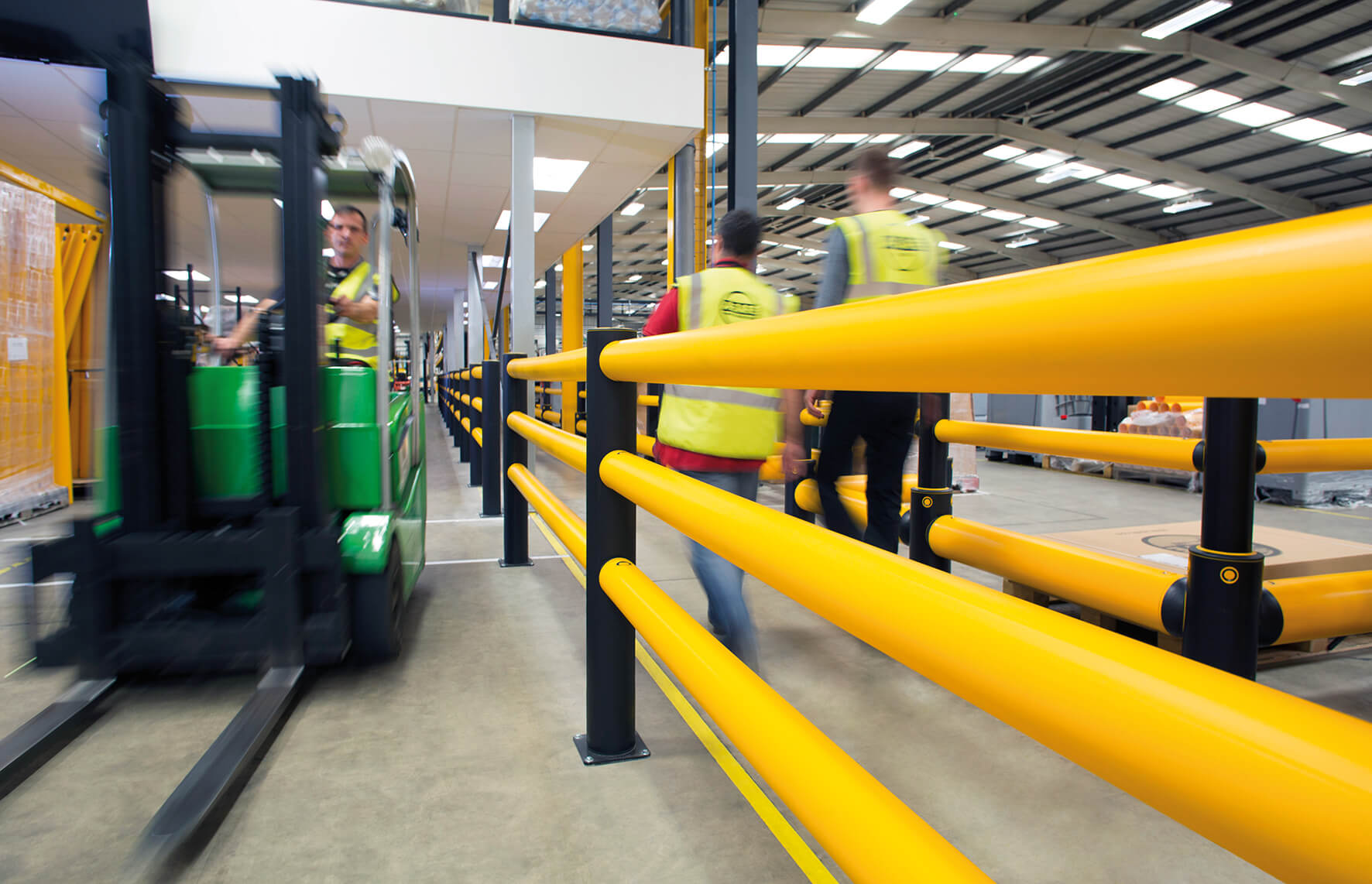The laminar air flow cabinet – more specifically, the vertical laminar flow biosafety cabinet – is an invaluable tool in the biology laboratory, as many procedures produce an aerosol of potentially infectious particles. This is particularly true of flow cytometry.
Flow cytometers work by means of passing cells in suspension through a fine nozzle, creating a stream of microdroplets which can be counted and analysed by laser. This delicate system can be easily disrupted, by air bubbles, clogging of the nozzle and other instrument disruptions, which can dramatically increase the chance of aerosol production.
Size matters
Three size ranges of aerosolised particle have been identified, each with a particular rate of evaporation and settlement speed. This will affect the rate they become airborne, and therefore the route of infection.
Large droplets – 140 micrometers or larger. Will tend to land before evaporating
Dust droplets – 100 – 140 micrometers. Will evaporate more quickly, aggregating over larger area but contaminating area they land on
Droplet nuclei – rapid evaporation; most likely to become airborne before settling.
In the case of non-aqueous suspensions, such as sputum or mucus, the rate of evaporation will be slower, the speed of settlement faster, and the number of airborne particles fewer.
In their dry state, infectious airborne microorganisms can easily be distributed between rooms by air currents generated by human movement and so on. For safety’s sake, a biosafety cabinet should always be used when preparing infected bacterial plates or performing aerosol-producing tasks such as cell sorting. In the case of non-infectious material, a laminar flow hood will help maintain sterility.


